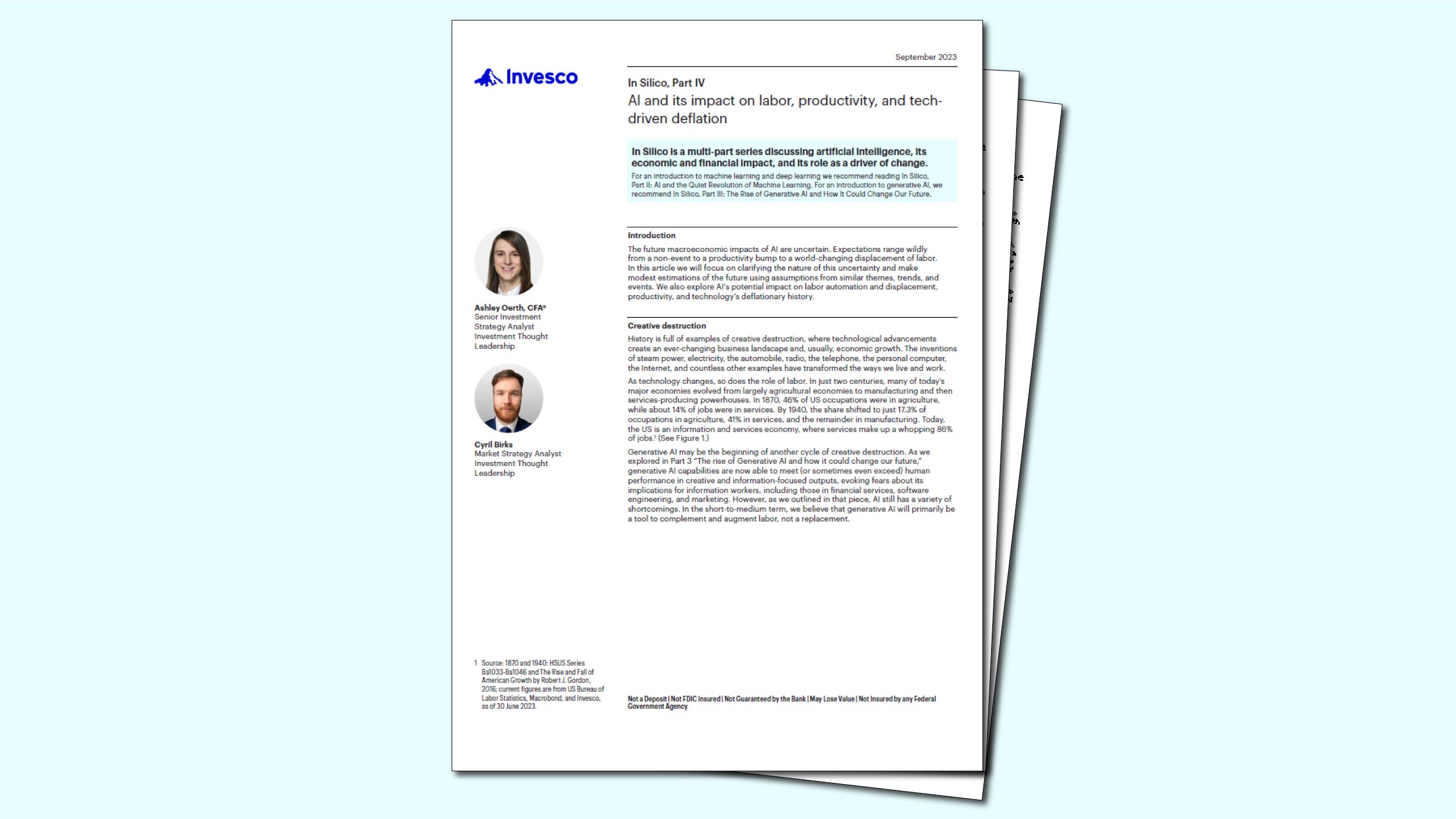
Part V | Investing in AI
In this article we will focus on clarifying the nature of this uncertainty and make modest estimations of the future using assumptions from similar themes, trends, and events. We also explore AI's potential impact on labor automation and displacement, productivity, and technology’s deflationary history.




